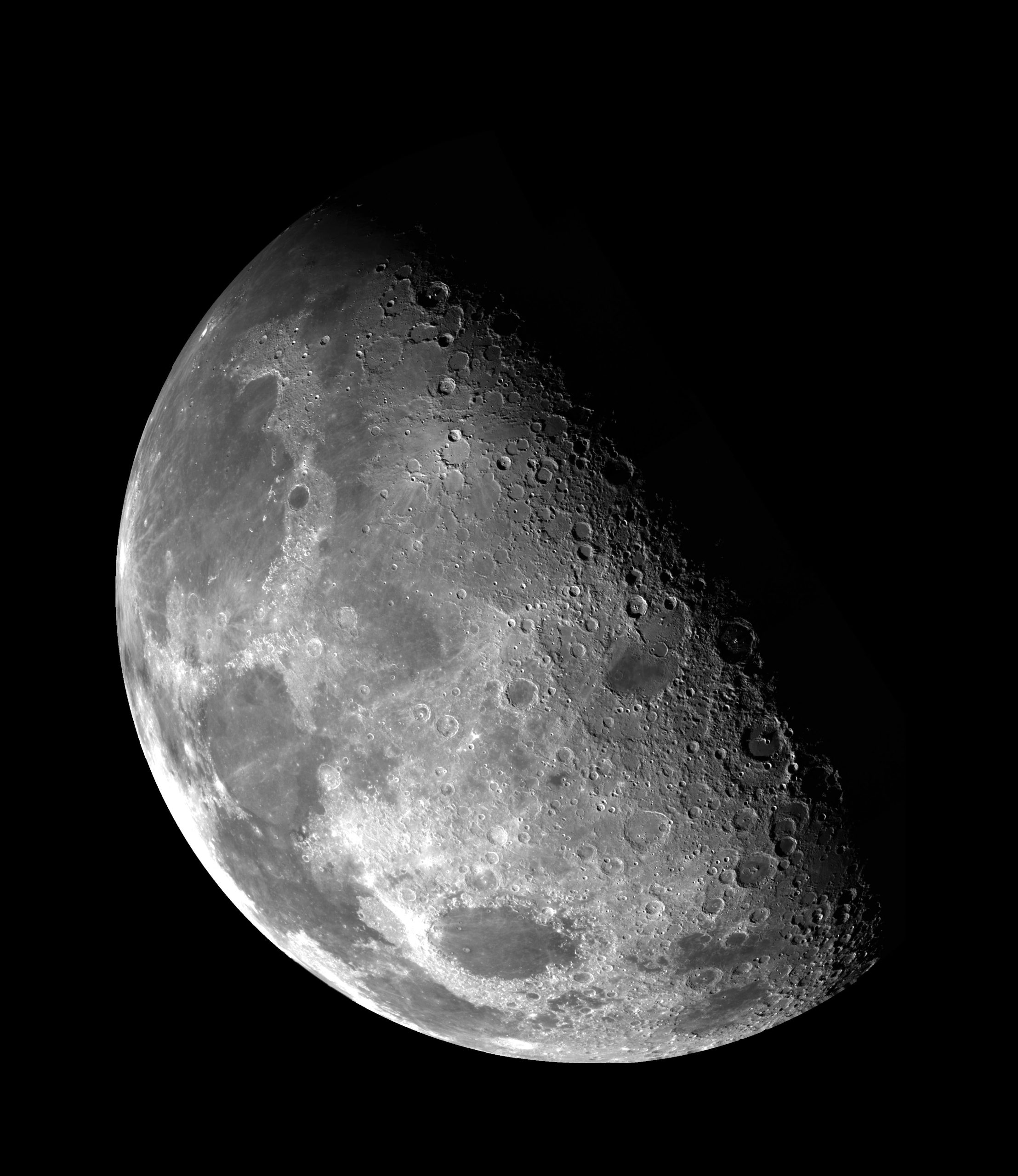What Did the Tree of Life Look Like?
The Tree of Life is a symbol that has been used in various cultures and religions throughout history. Depicted in art, mythology, and literature, its imagery often represents the interconnectedness of all living beings and the cycle of life and death. But what did this mystical tree actually look like? Did it physically exist, or was it merely a metaphorical concept? In this blog post, we will explore the different interpretations and representations of the Tree of Life to uncover its visual characteristics and deeper symbolism.
The Origins of the Tree of Life
The concept of the Tree of Life can be traced back to ancient civilizations such as the Mesopotamians, Egyptians, and Mayans. Each culture had its own interpretation of what this remarkable tree looked like, but they all shared a common belief in the tree’s importance as a symbol of creation and immortality.
Mesopotamian Tree of Life
In Mesopotamian mythology, the Tree of Life was referred to as the “Epic of Gilgamesh.” It was described as a massive tree with its roots in the underworld and its branches reaching up to the heavens. Its trunk was said to be made of lapis lazuli, a deep blue gemstone, and its leaves held the power to grant eternal life.
The Mesopotamians believed that the gods themselves resided in the branches of the Tree of Life, and it served as a connection between the mortal and divine realms. The imagery of this tree can be seen in ancient Mesopotamian art, where it is depicted with intricate details and stylized branches.
Egyptian Tree of Life
In ancient Egyptian mythology, the Tree of Life was known as the “Isis Tree” or the “Persea Tree.” It was associated with the goddess Isis, who was a symbol of fertility, magic, and motherhood. The Egyptian Tree of Life was typically depicted as a tall, slender palm tree with fruit hanging from its branches.
The palm tree was chosen to represent the Tree of Life in Egyptian culture due to its ability to withstand harsh desert conditions and still bear fruit. This resilience and abundance were seen as reflections of the divine power of Isis and the eternal cycle of life.
Mayan Tree of Life
In Mayan mythology, the Tree of Life was referred to as the “Ceiba Tree” or the “World Tree.” The Ceiba Tree was considered sacred and was often depicted as a massive tree with expansive branches that reached far into the heavens.
What set the Mayan Tree of Life apart from other interpretations is the inclusion of various creatures within its branches. Symbolic representations of birds, jaguars, snakes, and other animals were commonly depicted in Mayan art alongside the Tree of Life. These animals were believed to be messengers between gods and humans, connecting the earthly and spiritual realms.
The Symbolism of the Tree of Life
While the physical depictions of the Tree of Life may vary across cultures, the underlying symbolism remains consistent. The Tree of Life represents the interconnectedness of all living beings and the cyclical nature of existence.
The roots of the tree, buried deep within the earth, symbolize our connection to our ancestors and the past. Its trunk represents the present, the here and now, while its branches reach up towards the sky, symbolizing growth, aspirations, and the future.
The Tree of Life is also associated with wisdom, knowledge, and enlightenment. Just as a tree gains strength and stability from its root system, humans draw knowledge and inspiration from their ancestors and past experiences to grow and evolve.
The Visual Depictions of the Tree of Life
Throughout history, artists have taken inspiration from various mythologies and cultural beliefs to create unique representations of the Tree of Life.
One common depiction is a tree with branches spreading out in all directions, symbolizing the interconnectedness and unity of all life forms. In this representation, the branches often bear fruit or flowers, signifying abundance and fertility.
Another approach is to show the tree with intricate roots that stretch deep into the earth, emphasizing the roots’ grounding nature and connection to our ancestors.
Some artists choose to incorporate animals and mythical creatures into their depictions of the Tree of Life, similar to the Mayan interpretation. This inclusion serves to reinforce the idea of the interconnectedness between humans, animals, and the natural world.
Conclusion
The Tree of Life is a powerful symbol that has transcended time and culture, resonating with people across generations. While physical depictions of the tree may vary, its symbolism remains consistent, representing interconnectedness, growth, and the eternal cycle of life.
Whether depicted as a massive tree with lapis lazuli branches, a slender palm tree bearing fruit, or a majestic Ceiba tree teaming with diverse animals, the Tree of Life reflects our collective quest for meaning and connection. It reminds us of our roots, inspires us to reach for the stars, and encourages us to recognize the inherent value and interconnectedness of all living beings.
Next time you encounter the imagery of the Tree of Life, take a moment to reflect on its deep symbolism and the profound wisdom it holds. Perhaps you will find new insights and inspiration to nurture your own journey of growth and interconnectedness.
Table of Contents
